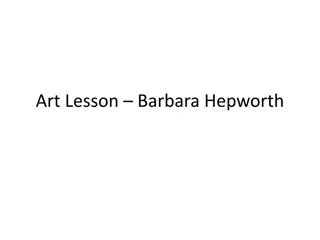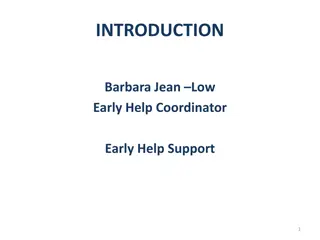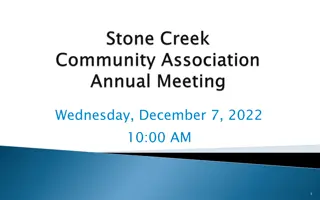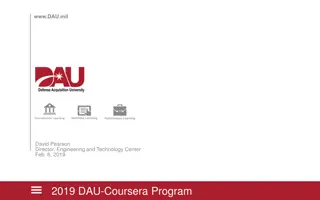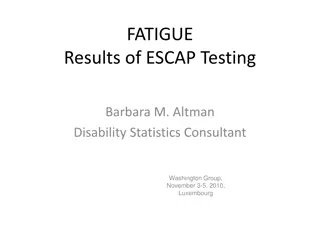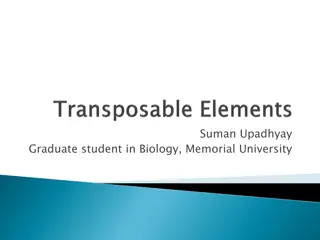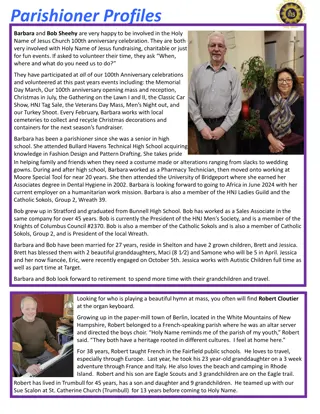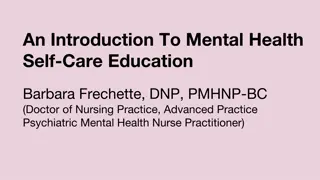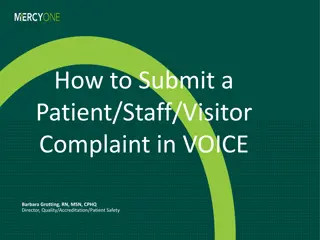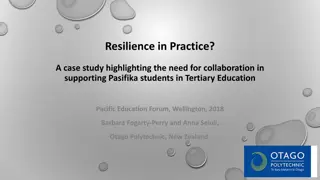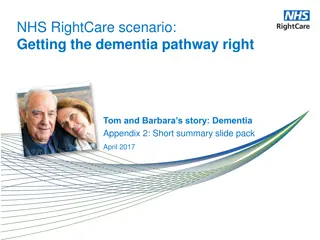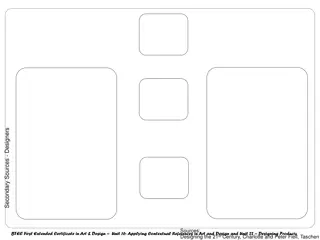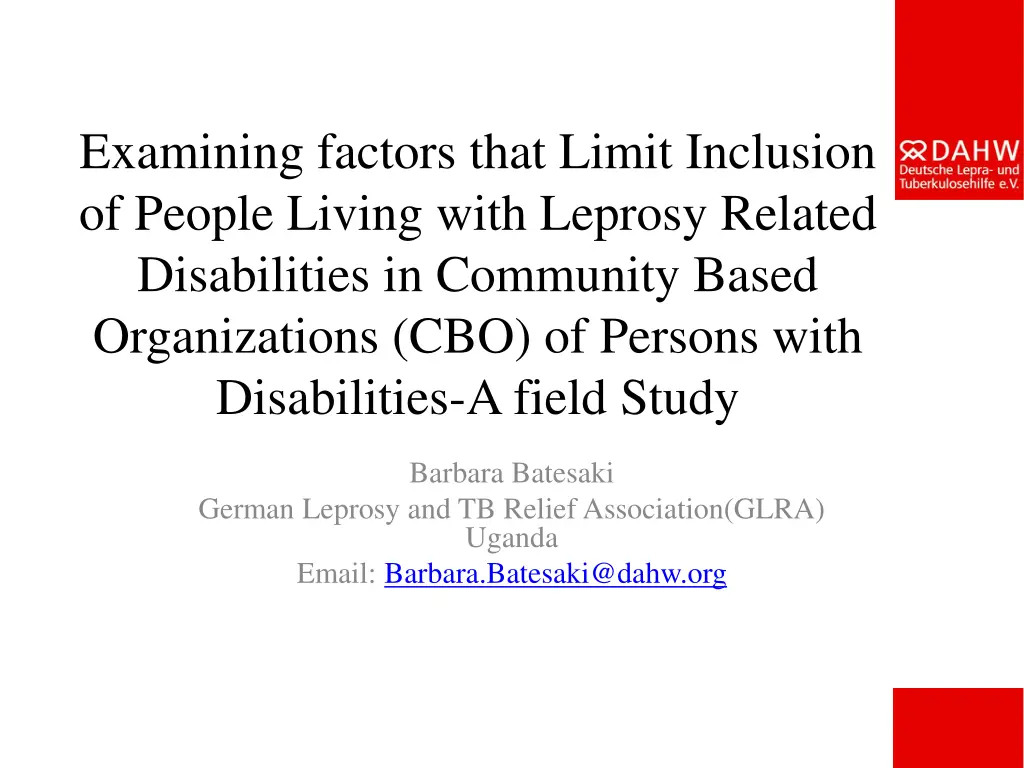
Factors Limiting Inclusion of People Living with Leprosy Related Disabilities in CBOs
Examining factors that hinder the inclusion of individuals with leprosy-related disabilities in Community-Based Organizations (CBOs) in Uganda, with a focus on social stigma, dependency syndromes, and barriers to access DPOs. Research questions explore the exclusion, contributing factors, and interventions for better inclusion.
Download Presentation

Please find below an Image/Link to download the presentation.
The content on the website is provided AS IS for your information and personal use only. It may not be sold, licensed, or shared on other websites without obtaining consent from the author. If you encounter any issues during the download, it is possible that the publisher has removed the file from their server.
You are allowed to download the files provided on this website for personal or commercial use, subject to the condition that they are used lawfully. All files are the property of their respective owners.
The content on the website is provided AS IS for your information and personal use only. It may not be sold, licensed, or shared on other websites without obtaining consent from the author.
E N D
Presentation Transcript
Examining factors that Limit Inclusion of People Living with Leprosy Related Disabilities in Community Based Organizations (CBO) of Persons with Disabilities-A field Study Barbara Batesaki German Leprosy and TB Relief Association(GLRA) Uganda Email: Barbara.Batesaki@dahw.org
Background Leprosy is a disease associated with disability and disfigurement with social stigma as a common consequence and cause of exclusion from communities. In Uganda, Persons Affected by Leprosy tend to congregate around the former leprosaria despite decentralisation of leprosy control services . The former leprosaria themselves (perhaps unintentionally) carry out activities that propagate the dependency syndrome that characterized the life styles of Persons Affected by Leprosy for years.
Background Disabled Peoples Organizations (DPOs) are mostly located in towns and yet the leprosaria were located in remote rural areas. Although the existing structures and operations of the DPOs could provide opportunity for breaking the dependency of People Affected by Leprosy on the institutions , the distance apart remains a limiting factor. Barriers to inclusion of People Affected by Leprosy in DPOs may be related to institutions, People Affected by Leprosy themselves and their communities or the DPOs.
Research Question(s) 1. Are People Affected by Leprosy excluded from Disabled Peoples Organizations? 2. What factors contribute to the exclusion of People Affected by Leprosy from the Disabled Peoples Organizations? 3. What appropriate interventions can be put in place to overcome exclusion of People Affected by Leprosy and their families?
Research Methods Data was obtained through : 1. Face to face interviews 2. Self-administered interview guides at each study site. 3. Measures of exclusion were examined in the community, DPOs and from service providers at each study site. Study area : Catchment areas of the former leprosaria ( Buluba, Nyenga, Kuluva and Kagando) and four endemic Sub counties for away from the former leprosaria.
Research Methods A total of 442 persons participated in the study as follows: 144 People affected by Leprosy, 102 People with other disabilities 08 Members of Disabled Peoples Organisations 08 Members of District Unions who were the beneficiaries 80 Service providers including Disability Councillors 100 respondents living in communities far from the leprosaria were the control groups.
Findings related to DPOs Respondents around the Leprosaria indicated exclusion of People Affected by Leprosy within Disabled People s Organisations (DPOs) yet those far away from Leprosaria indicated their inclusion in the DPOs. While the majority of the respondent (56%) acknowledged the presence of DPOs in the community, the lack of financial support for member registration and transport to meetings limited their participation . 44% of the respondents were not aware of the existence of DPOs in their community
Findings related to DPOs cont. 59% of the respondents indicated that the People Affected by Leprosy were discriminated due to lack of representation in the Disabled People s Organizations. 40% respondents indicated the reason of exclusion being that the People Affected by Leprosy do not freely open up due to self- stigma. 89% of People Affected by Leprosy interviewed as the control group indicated that they were included in the DPOs yet 11% were unaware of the existence of any DPOs in their community.
Findings related to DPOs cont. Respondents around the Leprosaria indicated exclusion of People Affected by Leprosy within Disabled People s Organisations (DPOs) yet those far away from Leprosaria indicated their inclusion in the DPOs. While the majority of the respondents (56%) acknowledged the presence of DPOs in the community, the lack of financial support for member registration and transport to meetings limited their participation . 10% of People with other Disabilities would not include People Affected by Leprosy in their organizations because of their severe mutilations and deformities.
Findings Related to Service Providers 70% of service providers indicated working with Disabled People s Organizations (DPOs) while 30% indicated that they did not work with DPOs as they were not existing in their areas. 33% of the service providers interviewed were hesitant to include People Affected by Leprosy in DPOs for fear that they would infect the service providers and other persons with other disabilities. 40% of respondents indicated one of the reason of exclusion being that the people affected by Leprosy do not freely open up due to self-stigma.
Conclusion The study confirms that People Affected by Leprosy especially at the catchment areas of the leprosaria are excluded in the existing DPOs. The dependency syndrome of People Affected by Leprosy on leprosaria did not motivate them to be included in community. The barriers to inclusion related to Persons Affected by Leprosy themselves and the service providers are: stigma and lack of knowledge concerning Leprosy issues The Lack of awareness of existence of DPOs Proximity to former leprosaria
Conclusion Barriers to inclusion of Persons Affected by Leprosy in DPOs can be addressed through : Provision of information/ awareness raising regarding leprosy . Advocating for change in the policies and practices in the former leprosaria to break the dependence Syndrome. Initiating interventions to reduce stigma and discrimination and empower People Affected by Leprosy to advocate for their rights and freedoms. Sensitization of communities, members of DPOs and service providers about leprosy and its effects. Ensure representation of People Affected by Leprosy at different forums dealing with disability and development.
Issues for Future Research Engagement of People Affected by Leprosy in all aspects of leprosy programme management. Assessment of Leprosy related training needs of CBOs in order to determine the most appropriate interventions .
References Constitution of the Republic of Uganda (1995) HENRY ENNS (2014 Feb. 2003). The Role of organizations of Disabled people: A disabled peoples. International Discussion Paper. www.idependentliving KINUBI FRANCIS (2012). NUDIPU Annual Report. The national disability umbrella German Leprosy and TB Relief Association, Uganda country office - Status Leprosy Report 2012 United Nations General Assembly 2011 Elimination of discrimination against persons affected by leprosy and their family members . A resolution adopted by the general assembly (A/65/456/ADD 2 (part II) National Policy on disability in Uganda (2006). Ministry of Gender Labour and Social Development Available on http://www.mglsd.go.ug Social Economic Inclusion of People with Disabilities within a victim Assistance Framework in Uganda and Congo (2013) Handicap International KYOZIRA ESTHER (2010) Rising Above disability Guidelines for mainstreaming disability in sectoral policies and programmes Policy brief on main streaming and operationalising the disability policy in Uganda First edition (2004) National Union of Disabled Persons of Uganda (NUDIPU) Uganda population and housing census report (2002) WHO/ UNESCO/ILO - CBR Matrix
Acknowledgement Leprosy Research Initiative - GLRA All Respondents especially People Affected by Leprosy Management of former Leprosaria Research Team GLRA Country Office - Uganda NTLP - MOH (Uganda )
Yes! Empower People Affected by Leprosy to Advocate for Their Rights Any Questions /Concern? Thank you so much for your attention.



